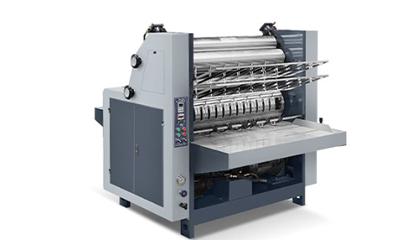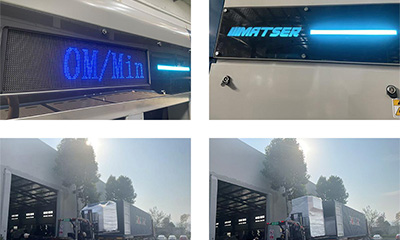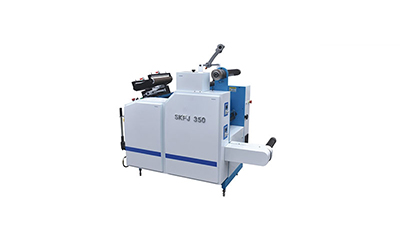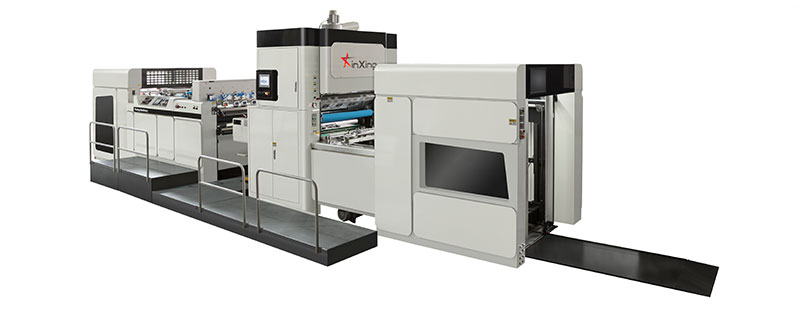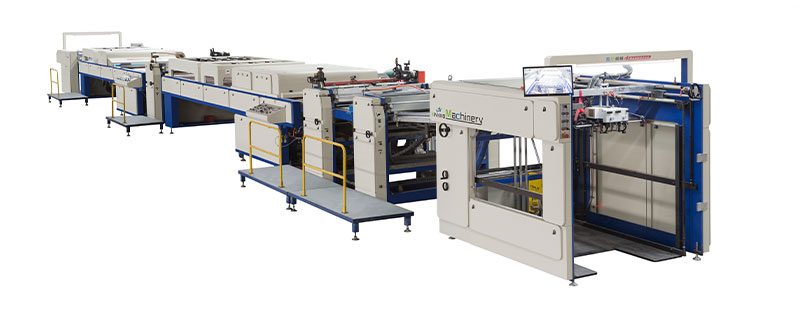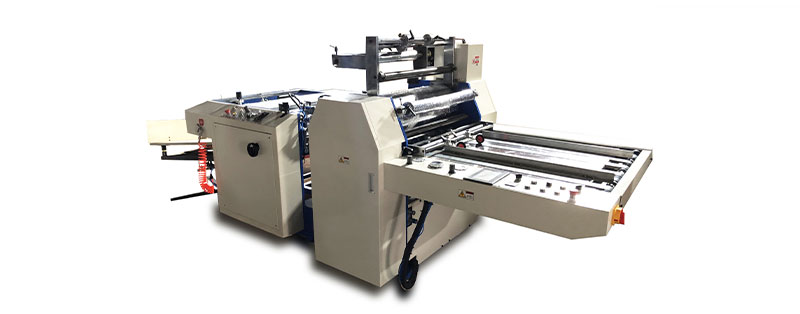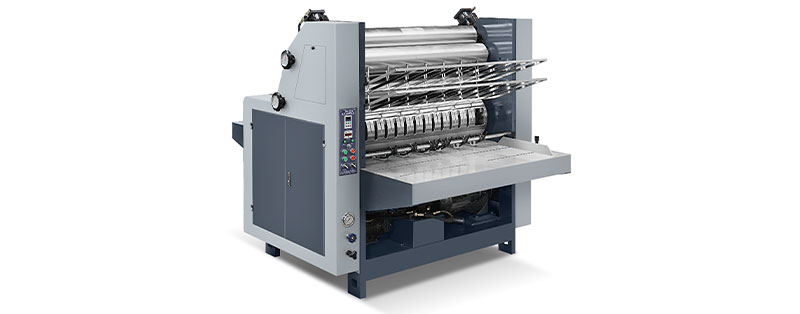Core Factor: Material Composition Determines Safety
Most disposable paper cups consist of a pulp base + inner coating. Microwave safety depends on the coating type:
Traditional PE-Coated Cups (Common in Regular Cups)
• Features: Polyethylene waterproof layer, heat-resistant up to ~80°C
• Risks: Coating may soften or release chemicals at high microwave temperatures (brands like McDonald's explicitly prohibit microwaving due to coating instability)
• Taboos: Never heat cups with colorful prints or metallic foil (inks/metals may volatilize at high temps)
Microwave-Safe PLA-Coated Cups
• Features: Biodegradable polylactic acid (PLA) coating, base heat resistance >100°C (modified PLA withstands up to 155°C with nucleating agents)
• Identification: Look for the "microwave-safe logo". Unmarked cups, especially with decorations, are unsafe!
*Quick Safety Tips: Check the logo, inspect the coating; avoid prints and metals. PE handles 80°C max, PLA is microwave-ready.
Evolution of paper cup materials
|
Material Type |
Advantages |
Applications |
Environmental Profile |
|
Wood Pulp |
Long fibers, high strength |
Premium cups / hot drink cups |
Natural & renewable |
|
Non-Wood Pulp |
Low cost (straw, sugarcane bagasse) |
Disposable cold cups |
Utilizes agricultural waste |
|
Recycled Pulp |
Circular economy model |
Eco-friendly budget cups |
Reduces forest consumption |
Coating technology is the key to environmental protection upgrades. Traditional polyethylene coatings are difficult to recycle because they are non-degradable; while polylactic acid coatings are sustainable but costly. Today, water-based acrylic emulsion coatings have become a trend. These coatings can achieve waterproofing without the use of plastics and use fully recyclable water-based resins.
Three key production processes of paper cups
1. Extrusion Laminating: Melting PE/PLA pellets through a T-die to form uniform films.
2. Bonding & Shaping: Films are pressed onto paper bases via cooling rollers, creating waterproof layers.
3. Cutting & Molding: Die-cutting machines precisely cut laminates into cups, producing 200-300 cups/min.
2025 Industry Trends: Plastic-Free and Smart Production
1. Plastic-free laminating: Water-based acrylic and PHA technology are replacing PE to achieve 100% recyclability.
2. Intelligent manufacturing: Laminating machines now use artificial intelligence visual inspection technology to automatically detect coating defects, increasing the yield to more than 99%. Multi-material compatibility allows seamless switching between PLA and pulp to accommodate customized orders.
Conclusion
The safety and sustainability of paper cups reflect the progress of material science and industrial technology. From PE to PLA, from traditional laminating to water-based coatings, every innovation takes into account functionality and environmental responsibility. As a core equipment, film laminating machines are pushing the industry towards a "plastic-free future" through intelligent and green upgrades.


